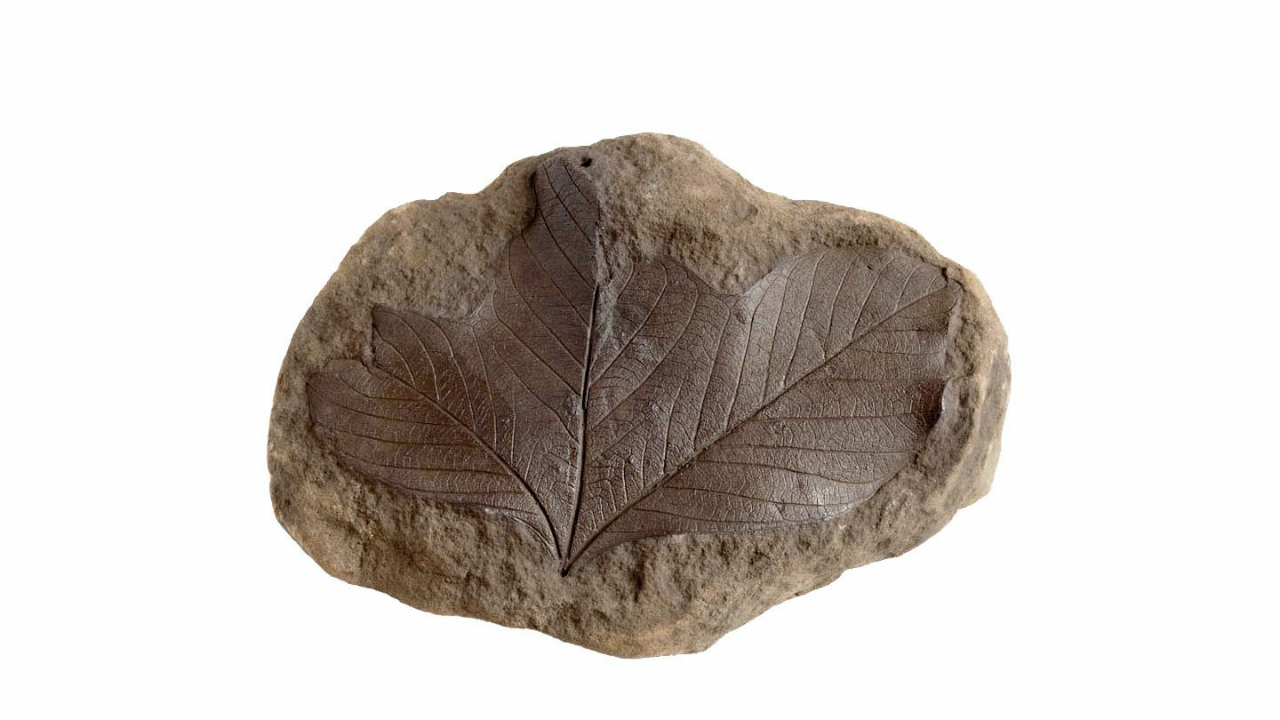Human genetics Normal human karyotype
Introduction
Human genetics is simply the study of the inheritance of human traits. Congenital abnormalities, malformations, disorders and diseases. The milestone of the genetics is Mendelian law
The branch of science which study this area is called human genetics
From 1908 .from second half of 20 th century, human genetics become one of the most exciting branches of biological science, with extensive applications in the study and treatment of several human defects and diseases and also in the qualitative racial improvement of mankind.
NORMAL HUMAN KARYOTYPE
* All the somatic cells of human being have same number and type of chromosomes (23 pairs= 46 chromosomes)
* It signifies the number, size, kind, shape structure and other morphological features of chromosomes
* Graphical / diagrammatic representation of karyotype is called as karyogram or Idiogram
* chromosomes number - somatic cell is - somatic number - diploid number( in human 46)
* Chromosomes number- gametic cell - gametic number- haploid number(in human 23)
FIRST DISCOVERY
* Tijo and Levan shows that semantic human cell has 46 chromosomes
* 44 autosomes (A) and 2 sex chromosomes
* Sex chromosomes include two XX in female
* XY in male
* Female has 44A + XX
* Me has 44X + XY
* 3 international conferences
* 1960 in Danver - adopted scientific scheme for identification and classification of human chromosomes based on their relative length and location of centromere
* Patau grouping of chromosomes based on their morphological similarities. ( In London)
* Chromosomes were classified into seven groups
* Paris - identification of chromosomes based on their binding pattern- Transverse darker or lighter region (clear by cytological staining techniques ,called banding techniques
* By fluorescence dye ( fluorochromes )
* or by subjecting chromosome to specific biochemic treatment
Major chromosome bands are the followings
Q- band
G- band
R- band ( reversed - band )
C- band
E- band
* 44 chromosomes occurs in 23 autosomes, 22 pair of autosomes and one pair of sex chromosomes
* The comparing chromosomes of each pair are known as homologous or homologous chromosomes.
* They are similar to each other in size, shape , and they carried the genes which influence the alternative form of the same trait
* In human female every chromosome has an identical companion but not in male.
According to Denver system of chromosome classification
Human chromosome has 23 pairs
1-22 Autosomes & 23 sex chromosomes
* 1-22 it decreases the length of arms
Classification of chromosomes based on position of centromere
*ACROCENTRIC
*SUB-METACENTRIC
*METACENTRIC
*TELOCENTRIC
GROUPING OF HUMAN CHROMOSOMES
- Patau's scheme
* London system
* 7 groups
* A-G Groups
* Arranged in the order of decreasing length
* A group has longer chromosome and G group has shortest one.
*A : 3 pairs - metacentric
*B : 4-5 pairs - sub- metacentric
*C : 6-12 pairs - sub - metacentric
*D : 13-15 pairs - acrocentric
*E : 16-18 pairs - metacentric
*F : 19-20 pairs - metacentric
*G : 21&22 pairs of autosomes and Y chromosome in male. - acrocentric
13,14,15,21,22 (D&C)has secondary construction and satellite so they are ' sat ' chromosomes.
Conspectus of Denver and London system
Group 1-3 : largest and nearly metacentric chromosomes
Group 4-5 : larger and submetacentric chromosome
Group 6-12 ,X chromosome (C) : medium sized submetacentric chromosome. X chromosome resembles the longest autosome in the group.
Group 13-15 : medium sized and nearly acrocentric 'sat' chromosomes.
Group 16-28 : short and sub metacentric or nearly metacentric chromosomes.
Group 19-20 : short and nearly sub metacentric chromosomes
Group 21-22 & Y chromosome : shortest and acrocentric chromosomes.






Comments
Post a Comment